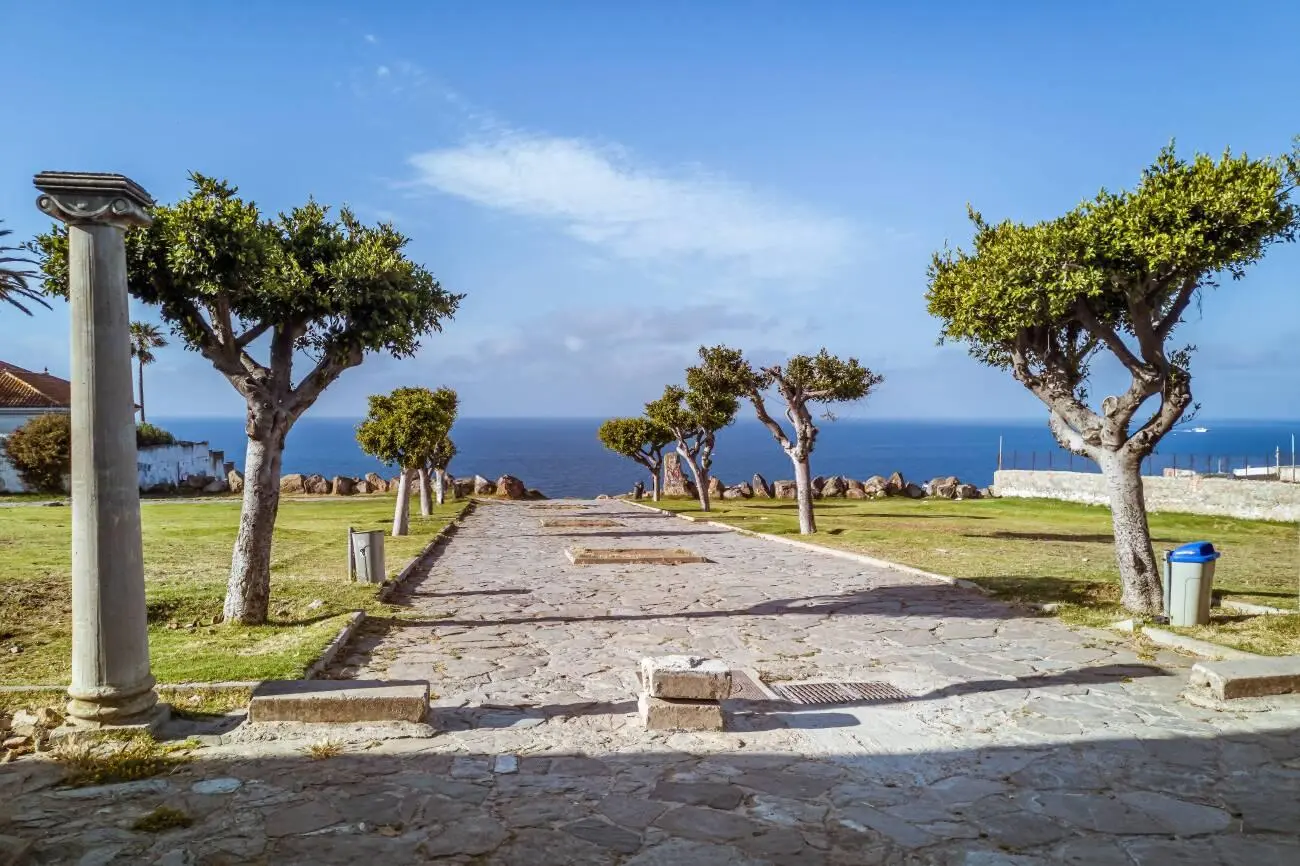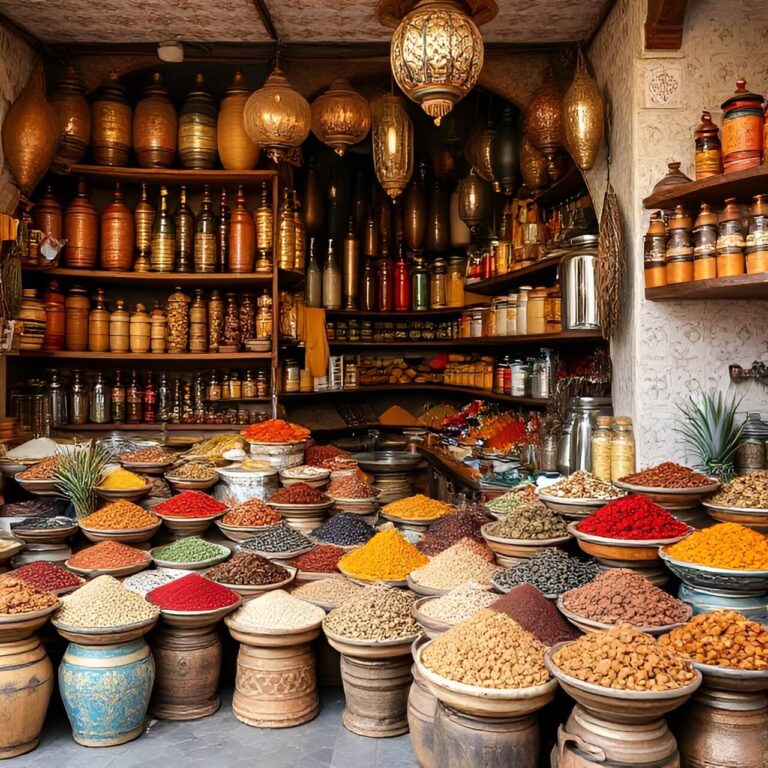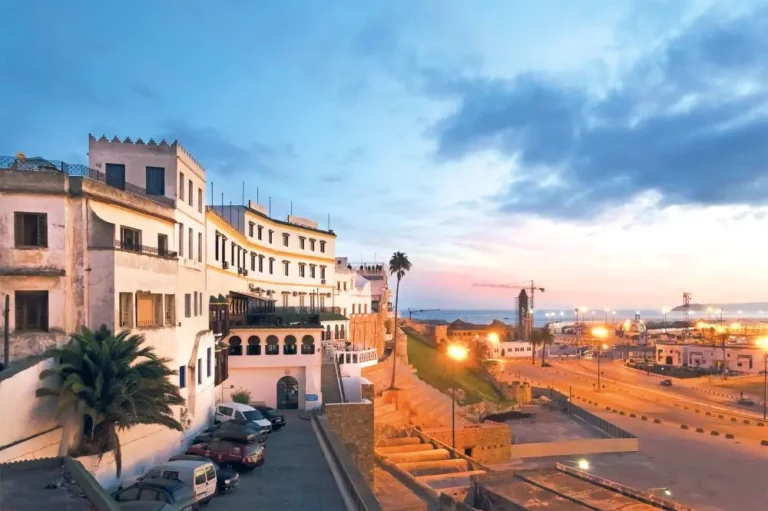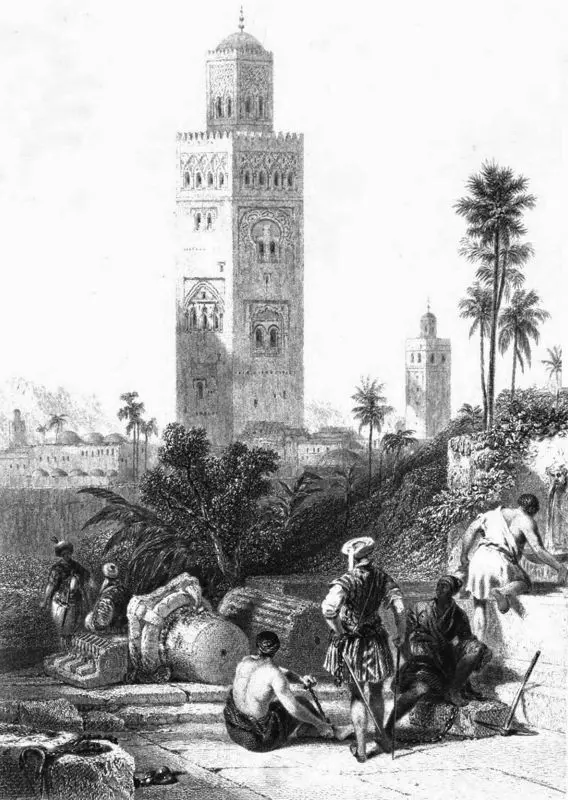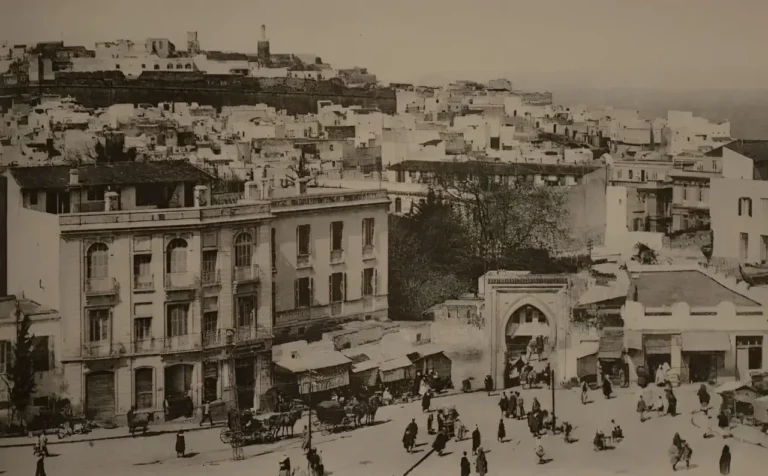Starting from Tyr and Sidon, the Phoenicians undertook to sail the inland sea using the technique of cabotage. The smallness of the hinterland of present-day Lebanon pushed the Phoenicians to seek their fortune offshore. These skillful and enterprising traders established trading posts along the Mediterranean coasts and maintained close relations with the natives.
The oldest Phoenician remains in Tangier date from approximately 1450.
It is just a simple factory -Trading post- run by a small team whose mission was to carry out commercial exchanges with the natives.
After the first explorers, came the second wave made up of immigrants who brought together Phoenician families who decided to stay there. These colonies brought with them their own social and religious organization.
The necropolises constitute the most important archaeological remains. Today, we can admire the remains of Lybico-Phoenician style tombs on the Marshan plateau. It is also a place from which you can enjoy a breathtaking view of the strait and neighboring Spain. The site probably bordered an already existing village.
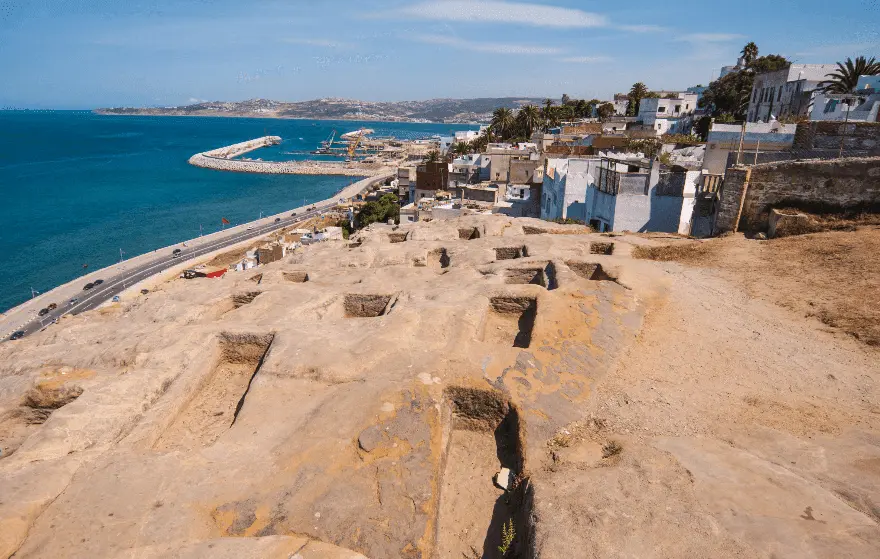
The main Phoenician trading posts of the time were established at Lixus (-1150) and Gadès (Cádiz around -1110). Carthage was founded in -814. Phenicia had come under Assyrian occupation from the beginning of the 7th century. Sidon was destroyed in 676 BC after a revolt against the rule of Nineveh.
Tire will resist for some time thanks to its relations with Egypt. In the western Mediterranean, Carthage is the heir of Tire which was destroyed in -332 by Alexander the great.
In the sixth century BC (around 530), the Carthaginians replaced the Phoenicians in North Africa. Carthage controlled the entire African coastline by means of counters but also relays located every 40 kilometers from the Gulf of Gabès to Tangier. These relays or “ladders” were intended to facilitate the small coasting of Punic boats.
The foundation of the small Carthaginian counter Tingis is dated between -475 and -450. It is also from this period that the passage of the suffet Hannon dates from his famous journey which took him to the Purpuraires Islands and even the shores of Cameroon. Like the other Carthaginian trading posts, Tingis was only important as a relay point to the Guadalquivir valley, a region rich in precious metals: silver, copper, tin, iron, gold and lead. Thanks to this trade, Carthage had become the most opulent city in the western Mediterranean. Nevertheless, commercial exchanges took place with the local elites and mainly concerned luxury objects: weapons, jewelry, ceramics, precious fabrics, perfumes and glassware.
Carthage, for its part, drained gold, ivory, skins and slaves from Africa. She also hunted wild elephants in the Atlas that she had trained for war by Hindu mahouts.

